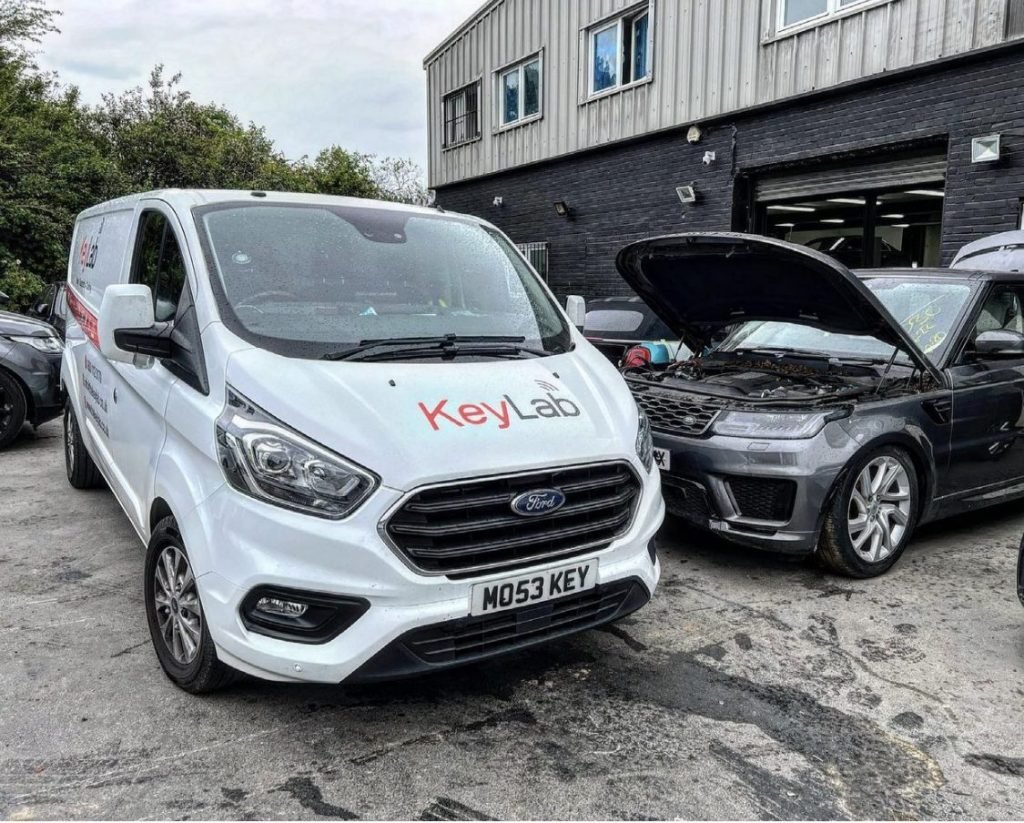Automotive Diagnostics
There are a variety of diagnostic tools that can be used to diagnose automotive issues. This includes back-pin probing Pattern recognition algorithms and Component Failure Warning systems. In addition to identifying components that are failing these diagnostic tools may also help you communicate via remote assistance facilities. These tools are essential to ensure that your car is secure driving.
Warning system to alert you to a component that is failing.
Modern automobiles have various electronic and internal systems that check how the car is performing and can be caused by an issue. When a part of the vehicle is not functioning properly, it will issue a warning signal to let the driver know about the issue. Some warning lights signal a minor issue, like a leaky gas cap, whereas others can indicate a more serious problem.
A device that detects malfunctions will save information that can be used to assist a technician diagnose the problem and then fix it. If it detects a fault before it is too late the technician who repairs it can resolve the issue swiftly and easily. A car owner can improve its security and lower maintenance costs by following these tips.
Modern vehicles are equipped with a computer diagnostics system that constantly monitors all functions and systems. It also monitors the efficiency of fuel and harmful emissions. If a component fails, warning lights will be visible on the dashboard. This system is known as OBD and is installed on personal vehicles, trucks, and commercial vehicles. It is now an industry standard and makes diagnosing much simpler.
These warnings are in the form of Diagnostic Trouble Codes, or DTCs. They are the result of a diagnostic procedure that determines the source of the issue. Diagnostics involve research into details about the vehicle's service, pin-point testing on the vehicle, and inspecting the affected areas. It is crucial to understand the meaning of these codes to effectively diagnose the problem with your vehicle.
Communication between a vehicle and a remote assistance facility
To allow remote assistance to work with your vehicle you must be able to communicate with it. Vehicle-to-vehicle (V2V) communication is a method to connect with other vehicles and share information wirelessly. This technology permits the transmission and reception of omni-directional messages at up to 10 times per minute. It also aids vehicles to maintain an eye-to-eye view of other vehicles in 360 degrees. It can also gather information from nearby vehicles to alert drivers of upcoming accidents. mobile car diagnostics can also utilize audible, tactile and visual alerts to assist drivers avoid accidents.
Back-pin probing
Back-pin probing is a technique used in automotive diagnostics that makes use of a sharp pin to connect with connectors in the automotive. These probes are usually inexpensive and can be used on all models of vehicles. These probes are useful in measuring live circuits without damaging connectors. This method eliminates the need to puncture wire insulation.
Many technicians prefer back-probing for automotive diagnostics. It is easier than the process of piercing wire insulation. These tools are easy to insert into connectors for automotive use using a variety of tips. Many back-probes made specifically for this purpose have a small diameter which reduces the force that is applied to the connector.
Some automotive diagnostic kits contain several connectors and probes such as banana plugs, alligator clips, and pointed probe tips. Certain kits come with a variety of test kits. These kits will let you quickly and easily test the electrical signals that can indicate that there is a problem with your vehicle.
Back-pin probing is one of the most effective methods to test automotive connectors. It allows you to quickly connect or disconnect the test leads. Another benefit of this method of diagnosis is that it is affordable. This method could save a lot of time, labor and even money.
On-board diagnostics
The health of the vehicle can be monitored by the onboard diagnostics. It can also notify them when their vehicle needs repair or maintenance. This technology can improve the efficiency of fuel and reliability. This technology is used to improve safety and performance by car makers. These systems can also help save time and money by allowing drivers the ability to see how their car is running without having to wait at the mechanic's workshop.
Before the advent of on-board diagnostics that were standard, manufacturers had to develop their own systems. The original versions of the system utilized their own connectors, electronic interfaces and custom codes to report issues. The first systems were introduced between 1968 and 1978 by Volkswagen and Datsun. The Society of Automotive Engineers (SAE) eventually required all vehicles to be equipped with the technology. In addition, in 1994, California's law required that all vehicles have on-board diagnostics.
On-board diagnostics systems are so sophisticated that they rival the computing power of a desktop PC. They are able to communicate with a variety of mid-speed networks and handle large volumes of data. A lot of on-board diagnostics systems have sensors for vehicle speed, which can detect rough roads precisely. The sensors are connected to the engine control unit of the vehicle (also known as ECU.
If the engine of a car is experiencing problems it is possible that the OBD system will be able to detect the issue and then turn on an indicator light in the instrument cluster. When it has identified the issue then the OBD system stores a diagnostic trouble-code. To determine the trouble code it is possible for a mechanic to connect an OBD scanner to the OBD connector located below the dashboard. A mechanic might not be able to read the trouble code, however, it could help him determine what is wrong.

